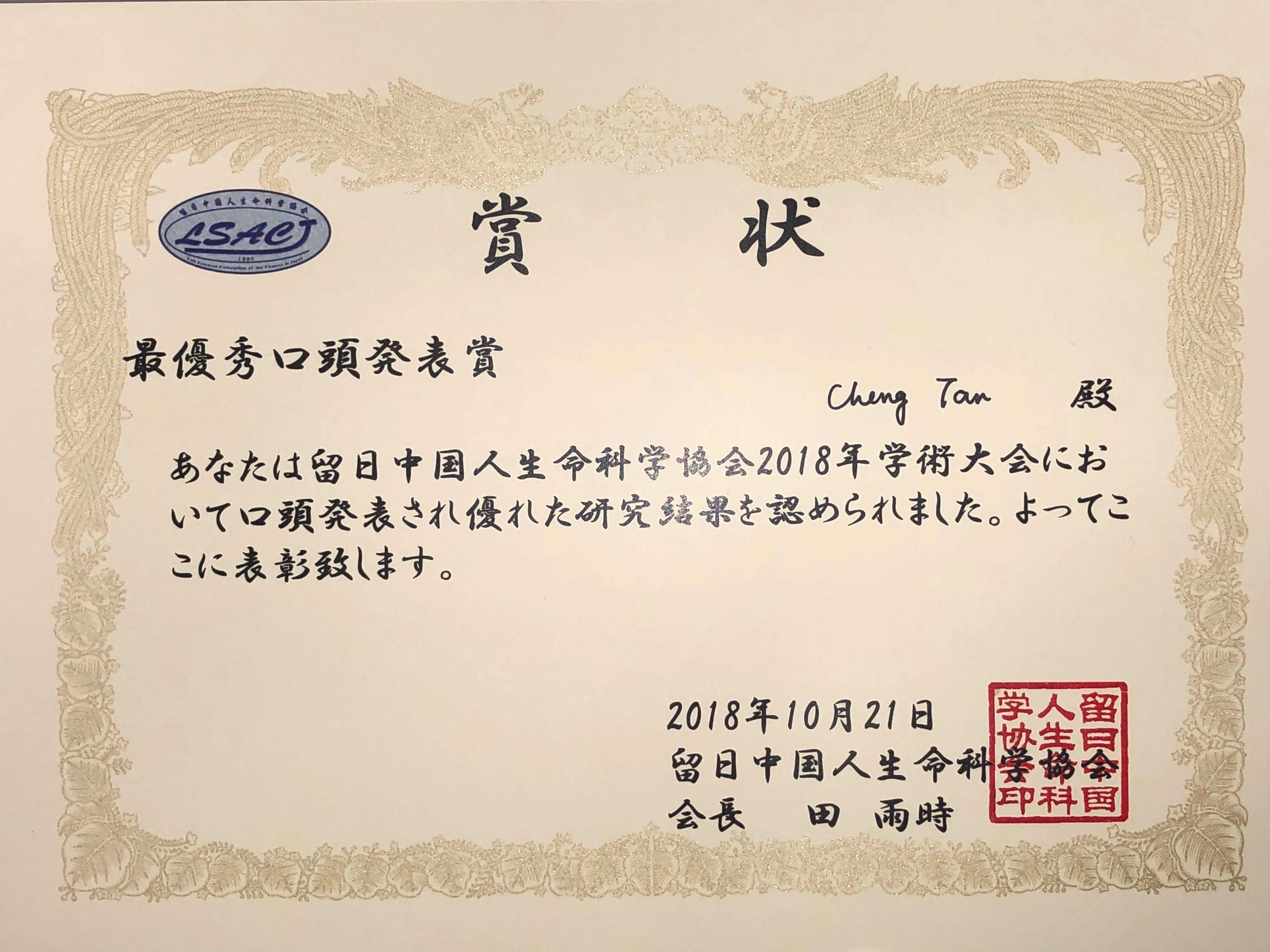Investigating Genome Organization and Regulation with Molecular Dynamics Simulations
Abstract
Different scales of physics have been applied to understand various phenomena in biology, among which the interplay between protein and DNA is fundamental to our understanding of gene expression and genome organization. Experiments have characterized the effect of protein binding on the apparent bend and twist flexibilities of DNA. Two wellknown examples are the eukaryotic nucleosome, in which 147 base pairs (bp) of double-stranded DNA (dsDNA) wrap around the histone core by one and three-fourths turns, and the prokaryotic nucleoid, where architectural DNA-binding proteins are used to pack genomic DNA into living cells. In these examples the electrostatic interactions between protein and DNA and the intrinsic bending preferences of DNA determine the binding mechanisms of proteins. It is also well-known that many transcription factors (TFs) induce sharp bending of DNA in their functional conformations. This raises a problem of the one-dimensional diffusion mechanism of these TFs, namely, the strong bending of DNA is apparently a halter to the efficient target search of proteins. Molecular dynamics (MD) simulations are powerful to investigate dynamic protein−DNA interactions because of their high resolutions in space and time. Among the multiscale hierarchy of computational simulations, coarse-grained (CG) MD simulations can be used to study long-time behaviors of large systems. Here we present our recent developments of CG models for protein-DNA interactions and applications to genomic systems. We designed physics-bioinformaticsintegrated models for both sequence-specific and nonspecific protein-DNA interactions. With these renovations, we investigated the dynamics of the target search process of transcription factors on the highly rugged landscapes and the different scenarios of genome compaction assisted by eukaryotic histone and prokaryotic histone-like protein. On top of these, we explored the binding of pioneer transcription factors to nucleosomal DNA.
